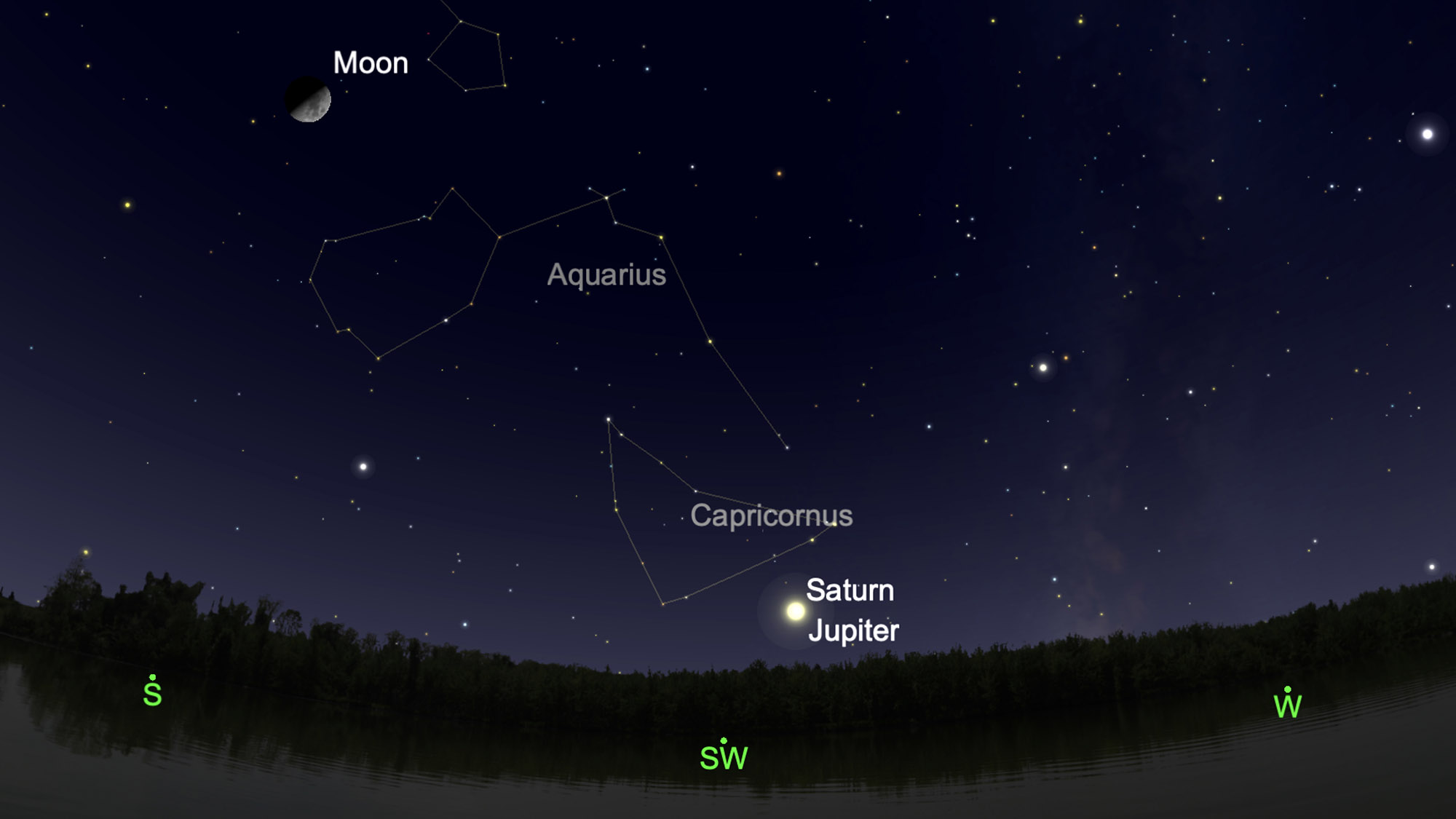The winter solstice this year, on December 21, was not only the day when the day is the shortest and the night is the longest, but also a time of special astronomical event. This day marked the moment when Jupiter and Saturn were having the same right ascension or the celestial longitude. This arrangement is known as the Great conjunction. This led the jovial planets to cross each other within one-tenths of a degree, even being at a distance of 450 million miles from each other, as observed from earth, based on the orbits of the three planets (earth included). The great conjunction formed a double planet, which has not been seen since middle ages, 400 years after it was last seen and almost 800 years after it was seen in night sky.
Once every 20 years, Jupiter and Saturn are aligned with one another, but this year’s conjunction was special as it was after 800 years, that the two planets were this close in night sky from the vantage point of earth.
Influence of conjunction on medieval Jewish culture
One of the influential and prominent Catalonian mathematicians was Abraham Har Hiyyah. He had written two treatises on astronomy, Heshbon Mahalakh and Tzurat Haaretz. He had elaborated how the Saturn- Jupiter conjunction had guided the course of Jewish history. He had stressed that Moses, who had led the exodus from Egypt, was born under a conjunction. He also described how the next conjunction had led to the destruction of the pharaohs. Hiyyah had also detailed how the conjunctions were related to the fall of kingdoms of the Judea and the Israel.
Such astronomical events have always captured human imagination, sometimes to such an extent that many literary and other works draw an extra-large perception of such astronomical alignments, like the works of Abraham Har Hiyyah.





